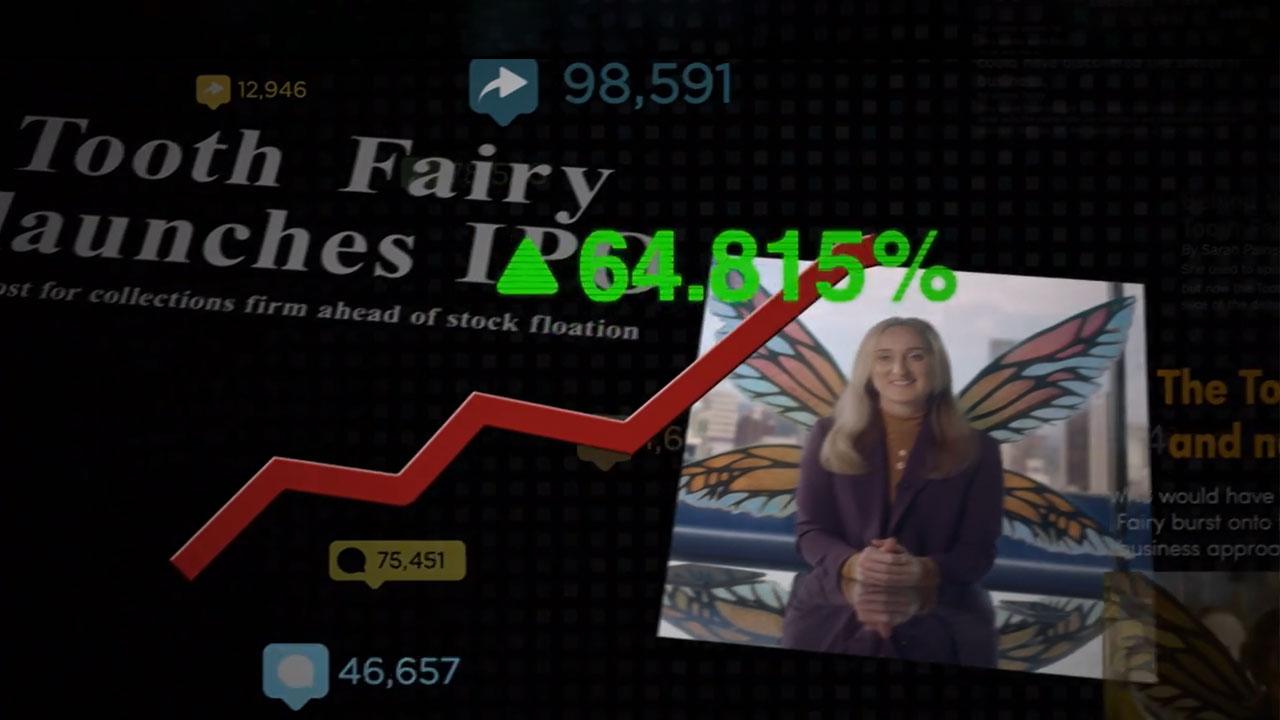An overview of how TV advertising is traded in the UK, plus some of the parameters that can go into the making of a deal.
The majority of television airtime deals are agreed for a 12 month period and involve the advertiser or brand agreeing to give the broadcaster or sales house a fixed share of their total television budget in return for a fixed premium or discount to station average price.
For example a brand might agree to give the broadcaster 30% of its annual spend in return for a price 10% below SAP (Station Average Price).
Usually, the deal is negotiated by the media agency on behalf of their clients.
Instead of a share commitment, an advertiser might offer a volume guarantee instead or an increase in volume guarantee.
Agency Deals
Some agencies negotiate deals on a client by client basis in order to tailor-make the deal to suit each individual advertiser. Other agencies may negotiate an “agency deal”. This means that the agency pools together all of their clients’ money and then negotiates an over-arching deal that the agency administrates on behalf of all its advertisers. Usually this takes the form of an overall share and/or volume incentives in exchange for a selection of prices by target audience relative to the average station price.
Station Average Price
SAPs are calculated by dividing total revenue by total viewing. It is a straightforward supply and demand equation. This means that if the supply (viewing) goes up, the price will come down but if the demand (revenue) goes up, the price will go up. Station Average Prices are calculated monthly and for each audience that the broadcaster trades on. Some audiences are easier to reach like all adults and some are much harder to reach, like ABC1 Men. Therefore, the station average price for adults will be significantly cheaper than for ABC1 Men.
Quality Parameters
It is likely that, along with the share and price agreement, a TV planner or buyer will want to include additional quality parameters into the deal. These are concerned with daypart, break position and programme selection.
Daypart
A planner/buyer may want to agree to a fixed daypart that best reflects the audience they are buying and at what times of day these viewers are most likely to be watching. Different dayparts have different values depending on their popularity. For example, the majority of people watch TV in peak (1730-2300) and therefore this is the most demanded and also the most expensive daypart.
It is possible to buy what’s known as ‘natural delivery’ which means that the daypart is in keeping with the overall station’s delivery. If peak is up-weighted, it is likely that a cost premium will be incurred. If daytime or night time is up-weighted, it may be possible to negotiate a discount.
Standard dayparts are as follows:
| Daypart | Time |
|---|---|
| Breakfast time | 0600 - 0859 |
| Daytime | 0900 - 1729 |
| Peak | 1730 - 2259 (Early peak: 1730 - 1959 & late peak: 2000 - 2259) |
| Post peak | 2300 - 2429 |
| Night time | 2430 - 0559 |
First/Last in Break
It is generally believed that advertisements that are broadcast either first or last in break will be better remembered/more highly engaged with/enjoyed more than ads in the middle of the break. Therefore some planners/buyers will try to include a minimum guarantee of FIB and LIB spots – at least in line with natural delivery. As these spots are considered more valuable, it is likely that any up-weight of these spots will incur a price premium.
Centre break/end break ratio
Research has shown that viewers are more attentive to centre breaks than they are to end breaks. Therefore most planner/buyers will try to build into their deals a guaranteed minimum percentage of centre breaks – at least in line with natural delivery. As centre breaks are considered more valuable, any up-weight of these spots are likely to incur a price premium.
Programme selection
The majority of your airtime schedule will be automated. However, it may be that it is important to have some control over programme selection and to ensure that, if there are some key programmes that are ideal for the campaign, then they can be requested. Therefore, a planner/buyer may try and build into the deal a certain percentage of programme selection, or “picks”.
Audiences
Although BARB measures over a hundred different audiences, most broadcasters will only trade on about 20 audiences. Therefore, the actual audience trying to be reached will need to be converted into a buying audience that best fits. For example, if the target is the main shopper in the house, then the buying audience would be Housepersons. If the target is men who like football then the buying audience might be 16-34 men. If the target is women who earn over £30,000 per annum then the buying audience would probably be ABC1 Women. Within the buying audience that has been selected, it is possible to select programmes that are most appealing to the actual target audience.
Channels
Each Sales House deal will include all of the most efficient channels for your target audience.
 Thinkbox
Thinkbox
